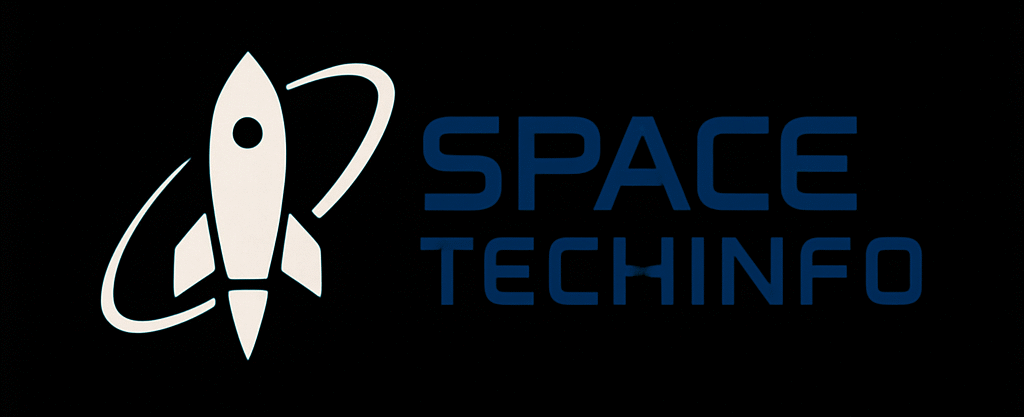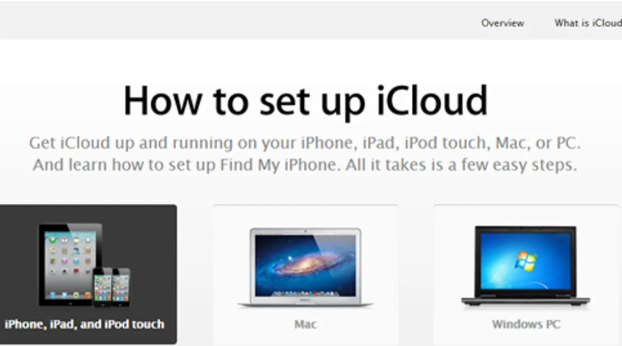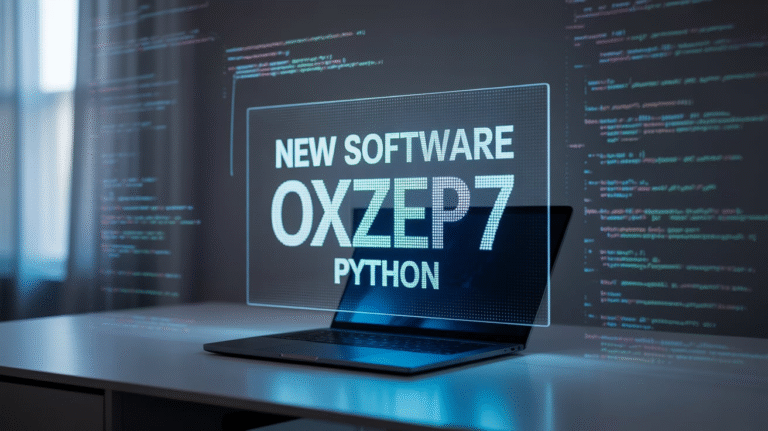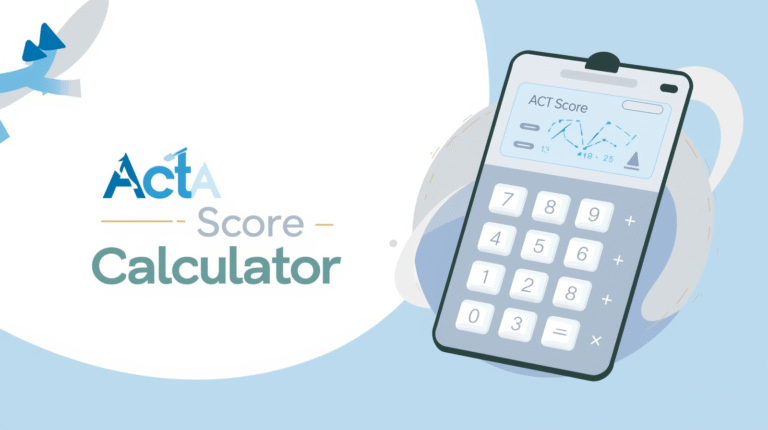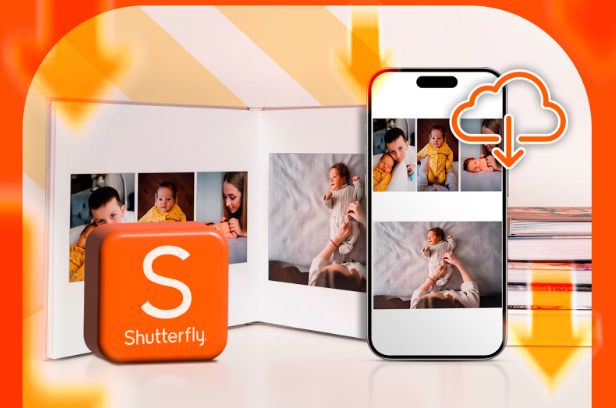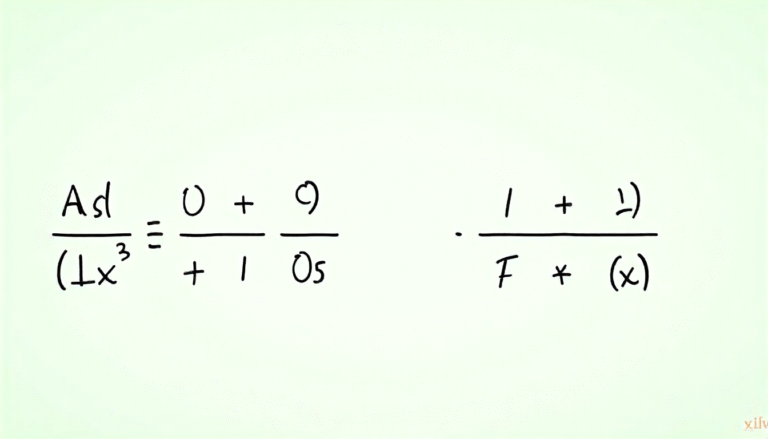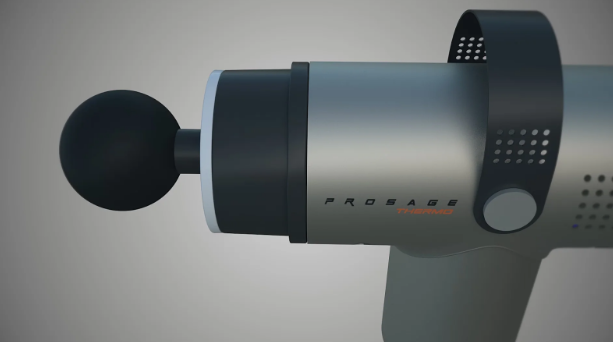
Percussion or “massage” guns have become a staple in the fitness and recovery world. Promising relief for sore muscles, faster recovery, and targeted therapy, many brands now compete in this space. One such contender is the Sharper Image massage gun (often marketed under names like Powerboost, Power Percussion, or Pro+). In this article, we’ll explore its design, performance, user experience, strengths, weaknesses, and whether it’s worth considering.
Table of Contents
Design, Build & Accessories
When unboxing the Sharper Image massage gun, you’ll generally find:
- The main massage gun body (handheld)
- Multiple interchangeable massage heads / attachments
- Charging cable / power adapter
- Carrying case or protective pouch
- Instruction manual and possibly spare parts (like extra gaskets)
For example, the Powerboost model is offered with 5 attachments and 6 speed settings. Some variants in the line (e.g. “Pro+ Hot + Cold”) even include a hot/cold percussion node along with 4 interchangeable heads and 6 intensity levels.
The aesthetic is modern: a combination of neutral tones (e.g. gray, black) with accent colors. Materials are largely plastic (for weight reduction) with rubberized or textured grip areas to help prevent slipping during use. Many users praise the ergonomic feel—Swolverine notes that it “fit in my hand easy” and feels “stout, sturdy, and nimble.”
The handle is often reasonably long, allowing users to reach the back or other hard-to-reach areas, though extended use using certain angles might cause mild wrist strain depending on your strength or flexibility.
Technical Specs & Performance
To assess a massage gun, key technical factors include amplitude (stroke length), percussion speed (RPM), stall force, battery life, and noise.
Amplitude & Percussion Speed
Amplitude refers to how far the massage head travels back and forth; a longer amplitude generally allows deeper tissue penetration (though this is balanced by motor power and design). Some users and testing sources estimate the Sharper Image models to have around 9–10 mm amplitude.
RPM (revolutions or percussions per minute) varies by speed setting. In independent tests, the Power Percussion variant was measured between ~1,200 to ~2,650 RPM. Massage Gun Advice However, some manufacturer descriptions claim a “whisper quiet brushless motor” and up to 6 speed levels for finely-tuned adjustments.
Stall Force
Stall force is the pressure the gun can handle before the motor slows or stalls. The reviewers at MassageGunAdvice estimate the Sharper Image’s stall force around 25–30 lbs at higher speeds, which is modest for a consumer-grade massage gun. Massage Gun Advice That means if you push the head heavily into dense muscle or bone, performance may drop.
Battery Life & Charging
The manufacturer claims battery life up to 4.5 hours for certain models. Amazon In practice, however, real-world usage often falls below that—many users report 1.5 to 2 hours under moderate-to-high intensity use. Massage Gun Advice Charging is typically via a wall adapter; USB-C is sometimes—but not always—offered, depending on the version.
Noise & Reliability
One of the selling points is a quiet motor. In testing, the unit registered about 49–60 dB during operation, which is comparable to a normal conversation or low hum. That said, over time some users have reported increased noise, rattles, or vibration issues—likely wear or loosening of internal parts.
User Experience & Applications
In everyday use, the Sharper Image massage gun works well for light to moderate muscle recovery: loosening tight muscles, working out trigger points, reducing stiffness after workouts or long sitting. Many users like that it is quiet enough to run during TV or downtime.
Its multiple attachments give versatility—for example, flat heads for larger muscles, ball heads for general use, bullets or forks for trigger points. Some may feel, though, that all included heads are relatively firm; there is less “soft” cushioning for delicate or bony areas.
One practical downside is reaching certain areas like the mid-back at awkward angles, where the head might slip or vibration feels uneven if not held squarely—some users note it “gets ‘tripped up’ when using it at an angle” in tighter areas.
On forums, users often comment on value:
“Down sides … shaky, … the vibration shakes the whole gun, gets loud at higher settings.”
However, others defend it, saying for the price it “gets the job done” and is “pretty dang good.”
Strengths & Weaknesses
Pros:
- Attractive design, ergonomic grip, and good feel in hand
- Quiet motor, suitable for modest use in shared spaces
- A useful variety of attachments
- Portable and decent reach for many body areas
- For many users, acceptable performance in the mid-range price bracket
Cons:
- Modest stall force and amplitude—limits deep tissue penetration
- Real-world battery life often falls short of claims
- Durability concerns over extended use (noise, vibration)
- Some attachments are hard plastic, lacking softer options
- May struggle when pressing hard into thick or dense muscle
Conclusion
The Sharper Image massage gun is a solid option for casual or intermediate users who want a reliable percussion massager without spending premium amounts. It hits a sweet spot in many respects: pleasing design, acceptable power, quiet operation, and usability. However, it is not a replacement for high-end therapeutic guns when deep muscular penetration or professional-grade performance is required.
If your needs are moderate—relief after workouts, managing soreness, occasional muscle maintenance—this device offers good value. But if you are a heavy user, athlete, or require intense deep tissue therapy, you may want to explore higher-end models with stronger motors, greater amplitude, and more robust construction.
FAQs
Q1: Is the Sharper Image massage gun good for deep tissue massage?
A: It can provide a moderate level of “deep” massage, especially in smaller or softer muscle groups. But because its amplitude and stall force are modest compared to premium guns, it may not deliver as aggressive depth in dense muscles.
Q2: How long does the battery last?
A: Manufacturer claims are up to 4.5 hours, but real-world users typically see 1.5–2 hours on more intense settings.
Q3: Is it noisy?
A: It operates relatively quietly (49–60 dB in tests), though over time some users notice increased noise or vibrations.
